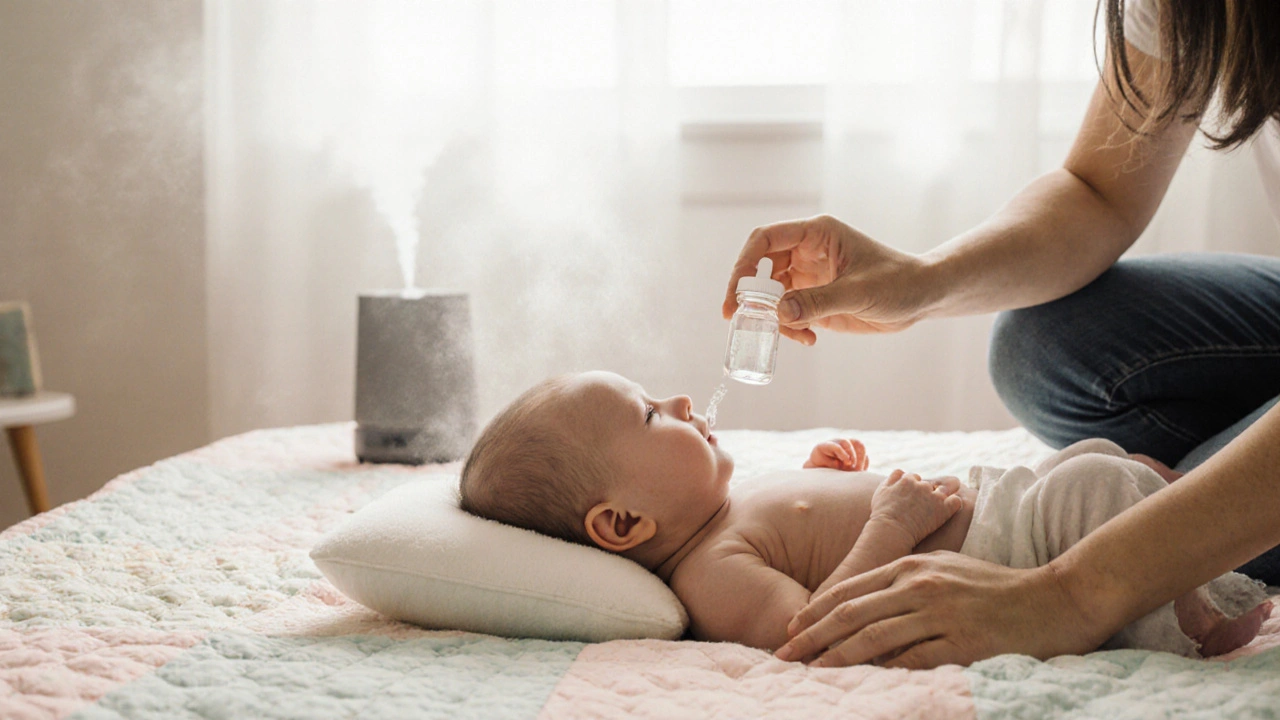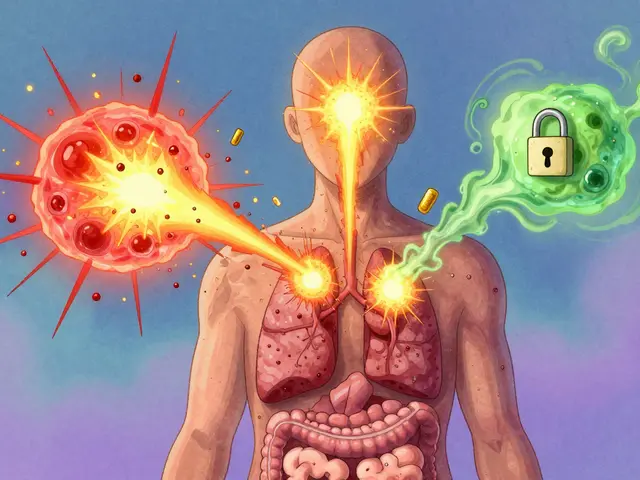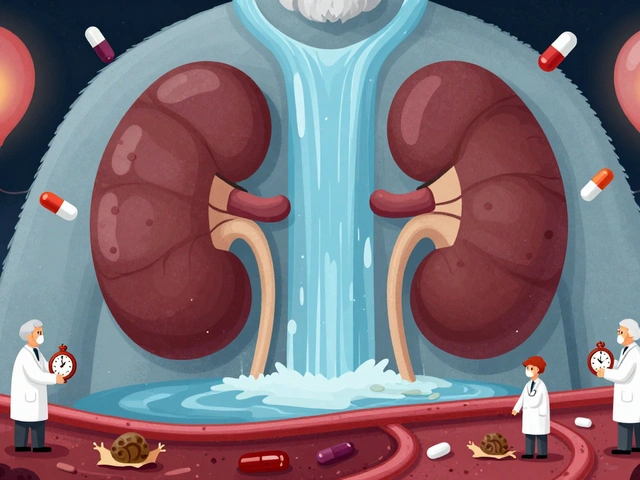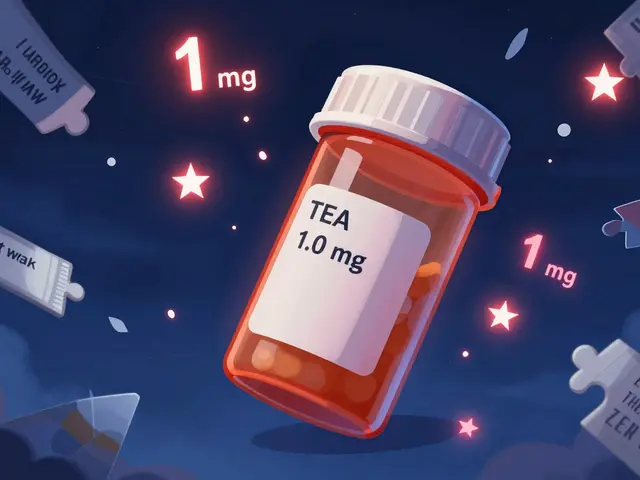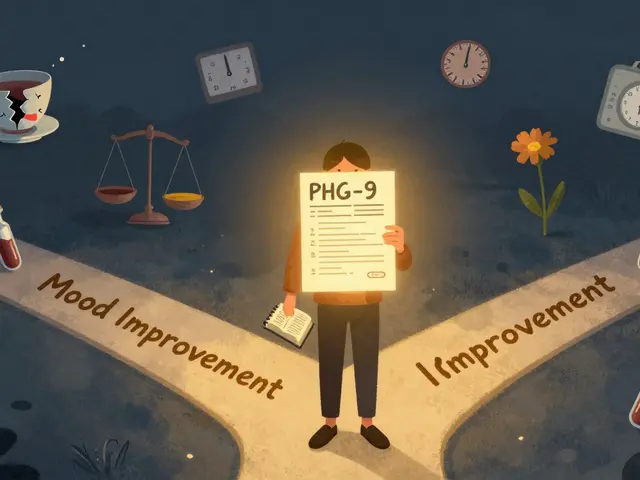Pediatric Runny Nose: Causes, Care, and Tips for Parents
When dealing with pediatric runny nose, a frequent, watery discharge from a child's nose that often signals an underlying condition. Also known as childhood rhinorrhea, it can stem from viruses, allergies, or irritants. Viral infection, most often a cold virus that inflames the nasal lining in kids is the top culprit, while allergic rhinitis, an immune response to pollen, dust, or pet dander produces a clear, steady flow. Nasal congestion, the feeling of a blocked nose that usually accompanies a runny nose can make breathing tough, especially at night. These three entities form the core of what parents notice when a child’s nose won’t stop dripping.
First, spot the pattern. A viral‑related runny nose usually comes with a mild fever, sore throat, and a cough that improves in a few days. Allergic rhinitis, on the other hand, shows itchy eyes, sneezing bursts, and a clear discharge that worsens outdoors or after exposure to pets. If the mucus turns yellow or green, that might indicate a secondary bacterial infection, which calls for a doctor’s opinion. Understanding these signals helps you decide whether simple home care will do or if professional help is needed.
Home care is all about comfort and keeping the airways clear. Keep your child well‑hydrated; fluids thin the mucus and make it easier to expel. A cool‑mist humidifier in the bedroom adds moisture, easing both the runny nose and any accompanying congestion. Saline nasal drops or a gentle bulb syringe can clear the front of the nose without medication. If allergies are the cause, wiping the nose with a soft cloth after outdoor play and washing hands often reduces irritant buildup.
When medication feels necessary, choose wisely. Over‑the‑counter infant decongestant sprays are generally not recommended for children under six because of potential side effects. Antihistamines labeled for children can help with allergy‑related runny noses, but it’s best to follow dosing instructions and check with a pediatrician first. Always avoid adult formulations and never give aspirin to a child with a viral infection, as it raises the risk of Reye’s syndrome.
Know the red flags that mean a doctor should see your child sooner rather than later. Persistent fever above 101°F (38.3°C) lasting more than three days, worsening breathing difficulty, a significantly reduced appetite, or a rash accompanying the runny nose are warning signs. Also, if your child has a history of asthma or recurrent ear infections, a medical check‑up is prudent to avoid complications.
Quick Guide to Managing a Child's Runny Nose
Below you’ll find a curated collection of articles that dive deeper into safe treatments, when to choose prescription options, and expert advice on handling a pediatric runny nose without panic. Whether you need a step‑by‑step home remedy guide or want to understand which over‑the‑counter products are truly child‑friendly, the posts ahead have you covered.
Safe Ways to Treat a Runny Nose in Babies & Toddlers
Learn safe, doctor‑approved ways to treat a baby's runny nose using saline drops, humidifiers, and gentle suction, plus clear signs when to call a pediatrician.

